Home>Furniture & Design>Outdoor Furniture>How To Get The Best Reception With An Outdoor Tv Antenna
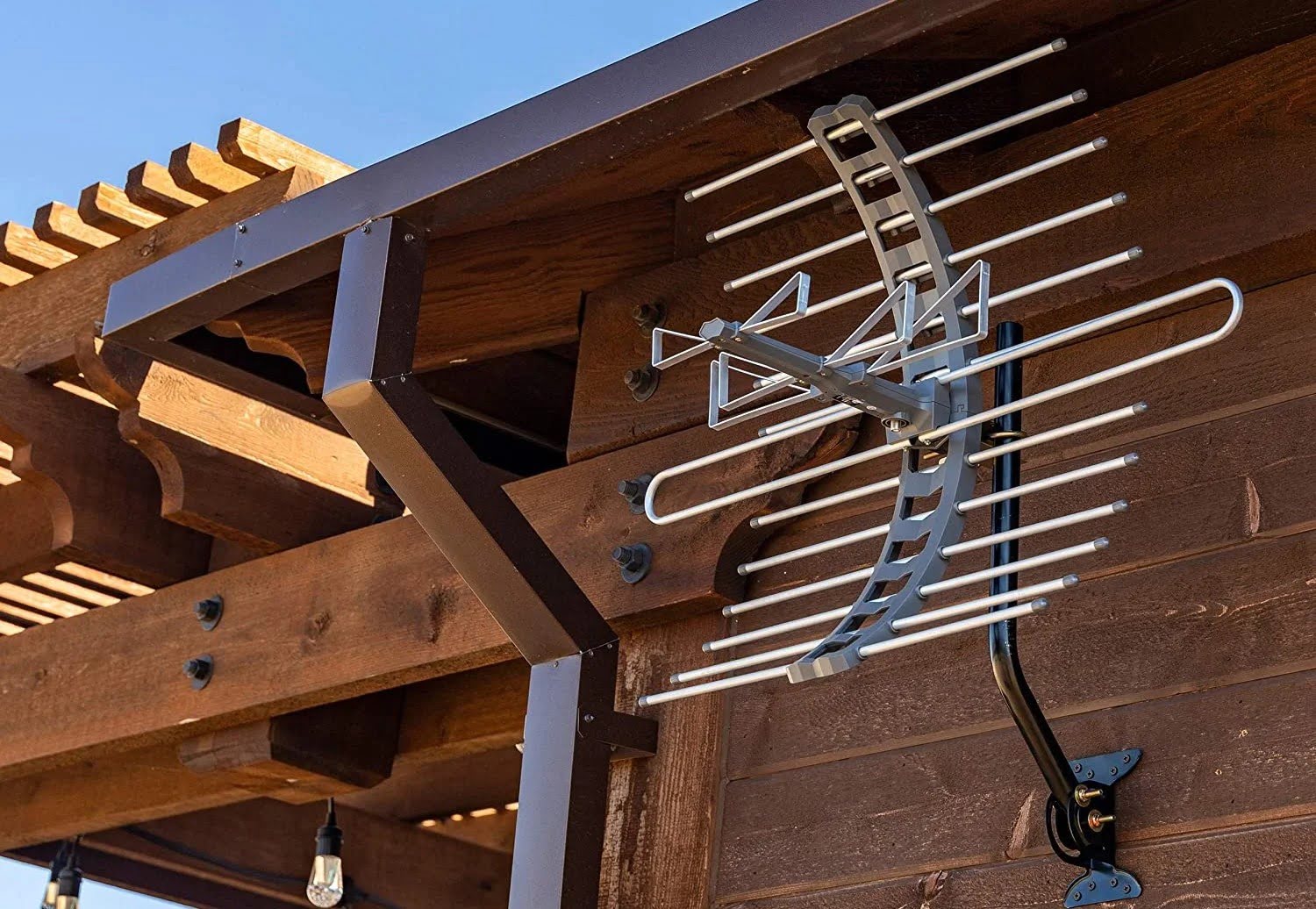

Outdoor Furniture
How To Get The Best Reception With An Outdoor Tv Antenna
Modified: August 16, 2024
Learn how to optimize your outdoor TV antenna for the best reception. Discover expert tips and tricks for maximizing signal strength and clarity. Elevate your outdoor entertainment experience today!
(Many of the links in this article redirect to a specific reviewed product. Your purchase of these products through affiliate links helps to generate commission for Storables.com, at no extra cost. Learn more)
Introduction
Welcome to the exciting world of outdoor TV antennas! In today's digital age, where streaming services and cable subscriptions often dominate the conversation around entertainment, outdoor TV antennas offer a refreshing alternative. By harnessing the power of over-the-air broadcasts, these antennas provide access to a wide array of free, high-definition channels, delivering a viewing experience that is both cost-effective and immersive.
In this comprehensive guide, we will delve into the nuances of outdoor TV antennas, exploring the factors that influence TV reception, the process of selecting the right antenna for your needs, and the essential steps for installation and optimization. Whether you are a seasoned enthusiast or a newcomer to the realm of outdoor entertainment, this article will equip you with the knowledge and confidence to maximize the potential of your outdoor TV antenna.
So, if you're ready to bid farewell to expensive cable bills and embrace the freedom of accessing local and network broadcasts with pristine clarity, join us as we embark on a journey to unlock the best reception with your outdoor TV antenna. Let's dive in!
Key Takeaways:
- Say goodbye to expensive cable bills and embrace the freedom of outdoor TV antennas. Enjoy free, high-definition channels with immersive clarity and diverse programming, all at your fingertips and free of subscription fees.
- Maximize your outdoor TV antenna’s potential by understanding factors affecting reception, choosing the right antenna, and optimizing its position. Enjoy an immersive viewing experience with seamless reception of high-definition channels.
Read more: What Is The Best Outdoor TV Antenna?
Understanding Outdoor TV Antennas
Outdoor TV antennas serve as the bridge between broadcast signals and your television, capturing over-the-air transmissions and converting them into high-quality content for your viewing pleasure. Unlike indoor antennas, outdoor models are designed to withstand the elements and are typically mounted on rooftops or in attics to optimize signal reception.
These antennas come in various designs, including directional and multi-directional models. Directional antennas are tailored to receive signals from specific directions, making them ideal for areas with strong signal coverage from a particular transmitter. On the other hand, multi-directional antennas can capture signals from multiple directions, offering more flexibility in signal acquisition.
One of the key advantages of outdoor TV antennas is their ability to tap into uncompressed high-definition broadcasts. Unlike cable or satellite signals, which may undergo compression that can degrade image and sound quality, over-the-air transmissions maintain their pristine clarity, providing a viewing experience that rivals or surpasses other delivery methods.
Moreover, outdoor TV antennas grant access to a diverse selection of channels, including local affiliates of major networks, educational channels, and independent stations. This breadth of content allows viewers to enjoy a rich tapestry of programming, from news and sports to classic TV shows and cultural broadcasts.
By understanding the role and capabilities of outdoor TV antennas, you can appreciate their unique position in the modern entertainment landscape. Their ability to capture free, high-definition broadcasts and deliver a broad spectrum of content underscores their enduring relevance and appeal in an era defined by digital innovation.
Factors Affecting TV Reception
When aiming to achieve optimal TV reception with an outdoor antenna, it’s essential to consider the various factors that can influence signal strength and clarity. Understanding these elements will empower you to make informed decisions regarding antenna selection, placement, and alignment, ultimately enhancing your viewing experience.
1. Distance from Transmitter: The proximity of your location to the broadcast transmitters plays a crucial role in signal reception. The farther you are from the transmitters, the weaker the signals may be. In such cases, a high-gain antenna or signal amplification may be necessary to capture and boost the incoming signals.
2. Obstructions and Terrain: Natural and man-made obstructions, such as mountains, tall buildings, and dense foliage, can impede signal reception. When installing your outdoor antenna, consider the surrounding terrain and aim for a clear line of sight to the transmitters to minimize obstructions and maximize signal strength.
3. Signal Interference: Interference from electronic devices, power lines, and even atmospheric conditions can disrupt TV signals. It’s important to identify potential sources of interference and position your antenna to mitigate their impact. Additionally, utilizing coaxial cable with proper shielding can help minimize signal degradation caused by interference.
4. Antenna Quality and Gain: The design and quality of the outdoor antenna directly impact its ability to capture and amplify signals. High-gain antennas, in particular, are adept at receiving weaker signals over longer distances, making them suitable for areas with challenging reception conditions.
5. Weather Conditions: Adverse weather, such as heavy rain, snow, or strong winds, can affect signal reception, especially for antennas mounted on rooftops or exposed locations. Ensuring the durability and weather resistance of your outdoor antenna can help maintain consistent performance in various weather conditions.
By taking these factors into account, you can proactively address potential challenges and optimize your outdoor TV antenna setup to achieve reliable and high-quality reception. The careful consideration of these variables will contribute to a rewarding and uninterrupted viewing experience, allowing you to make the most of your outdoor entertainment investment.
Choosing the Right Outdoor TV Antenna
When embarking on the journey to select the ideal outdoor TV antenna for your specific needs, it’s essential to navigate through the diverse options available in the market. By considering key factors such as signal strength, terrain, and local broadcasting conditions, you can make an informed decision that aligns with your viewing preferences and location.
1. Signal Range and Strength: Assessing the signal range and strength in your area is fundamental to choosing an outdoor TV antenna. Various online tools and resources can help you determine the distance and direction of local transmitters, aiding in the selection of an antenna with the appropriate range and gain to capture signals effectively.
2. Terrain and Obstructions: Understanding the terrain and potential obstructions surrounding your location is pivotal in antenna selection. For areas with challenging topography or significant obstructions, a high-gain antenna with directional capabilities may be necessary to overcome signal obstacles and optimize reception.
3. Antenna Type: Consider whether a directional or multi-directional antenna is better suited to your location. If the broadcast transmitters are concentrated in one direction, a directional antenna can focus on capturing signals from that specific azimuth. Conversely, in areas with transmitters scattered across different directions, a multi-directional antenna offers the flexibility to capture signals from various angles.
4. Amplification and Signal Processing: In regions with weaker signals or significant signal loss due to long cable runs, an antenna with built-in amplification or the addition of an external amplifier can bolster signal strength and compensate for signal degradation, ensuring reliable reception.
5. Durability and Weather Resistance: Given the outdoor setting, it’s vital to select an antenna designed to withstand the elements. Look for models constructed from robust materials and equipped with weather-resistant coatings to endure exposure to sunlight, rain, wind, and other environmental factors.
6. Manufacturer Reputation and Reviews: Researching reputable antenna manufacturers and reading user reviews can provide valuable insights into the performance, reliability, and ease of installation of different antenna models. Prioritizing antennas from established brands with positive user feedback can instill confidence in your purchase decision.
By carefully evaluating these considerations, you can navigate the process of selecting the right outdoor TV antenna with clarity and precision. This thoughtful approach will ensure that your chosen antenna is tailored to your location’s unique reception characteristics, enabling you to enjoy a diverse selection of high-quality over-the-air broadcasts with exceptional clarity and reliability.
To get the best reception with an outdoor TV antenna, make sure it is installed as high as possible and away from any obstructions like trees or buildings. Also, aim it towards the broadcast towers for optimal signal strength.
Installing Your Outdoor TV Antenna
Embarking on the installation of your outdoor TV antenna marks an exciting step toward accessing a wealth of free, high-definition channels. By following a systematic approach and adhering to best practices, you can position and secure your antenna for optimal signal reception, ensuring a rewarding viewing experience.
1. Selecting the Installation Location: Identify a suitable location for mounting your outdoor antenna. Ideally, this spot should offer an unobstructed line of sight to the broadcast transmitters while providing stability and accessibility for installation and maintenance. Rooftops, attics, and elevated poles are common mounting locations for outdoor antennas.
2. Assembling the Necessary Equipment: Gather the essential tools and equipment for the installation, including the outdoor antenna, mounting hardware, coaxial cable, grounding materials, and any required installation aids such as a compass or signal meter.
3. Mounting the Antenna: Securely mount the outdoor antenna according to the manufacturer’s guidelines, ensuring that it is positioned at the optimal elevation and orientation for signal reception. Use durable mounting hardware and follow recommended attachment methods to safeguard the antenna against wind and environmental factors.
4. Grounding the Antenna: Grounding the outdoor antenna is critical for safety and protection against electrical surges. Establish a solid grounding connection using grounding rods, clamps, and appropriate grounding wire to dissipate potential electrical charges and safeguard your equipment.
5. Routing and Connecting the Coaxial Cable: Carefully route the coaxial cable from the outdoor antenna to your television or signal distribution system, minimizing cable length and avoiding sharp bends or kinks that could degrade signal quality. Employ weatherproof cable connectors and secure cable runs to prevent damage and signal loss.
6. Aligning the Antenna: Align the outdoor antenna to the optimal direction for capturing broadcast signals. Utilize a compass, signal meter, or the assistance of a second person to fine-tune the antenna’s orientation, aiming for the best signal strength and clarity based on the known transmitter locations.
7. Testing and Tuning: Once the installation is complete, perform a thorough test of the antenna’s reception by scanning for available channels on your TV or tuner. Fine-tune the antenna’s position and orientation as needed to maximize signal reception and capture the desired channels with optimal clarity.
By meticulously executing these installation steps, you can establish a robust and reliable outdoor TV antenna setup, poised to deliver an extensive range of free, high-definition channels with exceptional clarity and consistency. Your efforts in installation will lay the foundation for an immersive and rewarding over-the-air viewing experience.
Read more: How To Install Outdoor Antenna Tv
Adjusting and Optimizing Your Outdoor TV Antenna
After completing the installation of your outdoor TV antenna, the process of adjusting and optimizing its position and configuration is crucial to achieving the best possible reception. By fine-tuning the antenna’s orientation, addressing potential signal interference, and optimizing signal processing, you can elevate your viewing experience to new heights of clarity and reliability.
1. Fine-Tuning Antenna Orientation: Periodically assess and adjust the orientation of your outdoor antenna to optimize signal reception. Utilize signal strength meters or the signal quality indicators on your TV or tuner to gauge the impact of antenna adjustments, aiming for the strongest and most stable signal levels for your desired channels.
2. Minimizing Signal Interference: Identify and mitigate sources of signal interference that may impact the performance of your outdoor antenna. Electronic devices, power lines, and nearby transmitters can introduce unwanted interference, necessitating adjustments to the antenna’s position and the use of signal filters or shielding to minimize disruptive signals.
3. Signal Amplification and Processing: In areas with weaker signals or significant signal loss due to long cable runs, consider the incorporation of signal amplifiers and processors to enhance signal strength and clarity. High-quality amplifiers and signal processors can compensate for signal degradation and ensure robust reception across a broad spectrum of channels.
4. Weather-Related Optimization: Remain attentive to changes in weather conditions and their potential impact on signal reception. Adverse weather, such as heavy rain or snow, can influence signal strength and clarity. By preemptively adjusting the antenna or employing weather-resistant signal processing solutions, you can maintain consistent reception quality regardless of environmental variables.
5. Periodic Maintenance and Inspection: Regularly inspect and maintain your outdoor antenna and its associated components to uphold optimal performance. Check for signs of corrosion, loose connections, or physical damage, and address any issues promptly to sustain the antenna’s functionality and durability over time.
6. Channel Scanning and Adjustment: Perform periodic channel scans to ensure that your outdoor antenna is capturing all available channels with the highest possible clarity. Fine-tune the antenna’s orientation and configuration based on the channels detected during scanning, maximizing the breadth and quality of your over-the-air channel lineup.
By consistently refining and optimizing the configuration of your outdoor TV antenna, you can cultivate a robust and reliable reception environment, characterized by exceptional signal clarity and stability. Your proactive approach to antenna adjustment and optimization will yield a diverse selection of high-definition channels, enriching your viewing experience with an array of compelling content.
Conclusion
As we conclude our exploration of outdoor TV antennas, it’s evident that these devices offer an invaluable gateway to a world of free, high-definition entertainment. By leveraging the power of over-the-air broadcasts, outdoor antennas provide access to a diverse array of channels, delivering a viewing experience that is both immersive and cost-effective.
Throughout this guide, we’ve delved into the intricate facets of outdoor TV antennas, from understanding their role in capturing broadcast signals to navigating the selection process and executing a meticulous installation. We’ve also explored the nuances of adjusting and optimizing your antenna to achieve the finest reception, ensuring that you can enjoy a broad spectrum of channels with exceptional clarity and reliability.
Embracing the world of outdoor TV antennas empowers you to break free from the confines of traditional cable subscriptions and streaming services, offering a compelling alternative that celebrates the richness of over-the-air broadcasts. Whether you’re drawn to local news, sports, classic TV shows, or cultural programming, the versatility of outdoor antennas opens the door to a diverse tapestry of content, enriching your viewing landscape with an array of captivating channels.
As you embark on your journey with an outdoor TV antenna, remember that each step, from selecting the right antenna to fine-tuning its position, contributes to a rewarding and immersive viewing experience. By embracing the knowledge and insights shared in this guide, you are poised to unlock the full potential of your outdoor antenna, reveling in the seamless reception of high-definition channels that captivate and entertain.
So, as you gaze upon the vibrant displays of local news, the thrill of live sports, and the timeless allure of classic programming, take pride in knowing that your outdoor TV antenna stands as a steadfast gateway to a world of boundless entertainment, all at your fingertips and free of subscription fees. Embrace the freedom, clarity, and diversity that outdoor TV antennas offer, and savor the enriching experience of over-the-air broadcasts in all their high-definition splendor.
With each channel tuned to perfection and every program brought to life with pristine clarity, your outdoor TV antenna becomes not just a device, but a conduit to a realm of captivating content, waiting to be explored and enjoyed. Here’s to the joy of seamless reception and the boundless possibilities that await as you embark on your outdoor TV antenna journey. Happy viewing!
Frequently Asked Questions about How To Get The Best Reception With An Outdoor Tv Antenna
Was this page helpful?
At Storables.com, we guarantee accurate and reliable information. Our content, validated by Expert Board Contributors, is crafted following stringent Editorial Policies. We're committed to providing you with well-researched, expert-backed insights for all your informational needs.
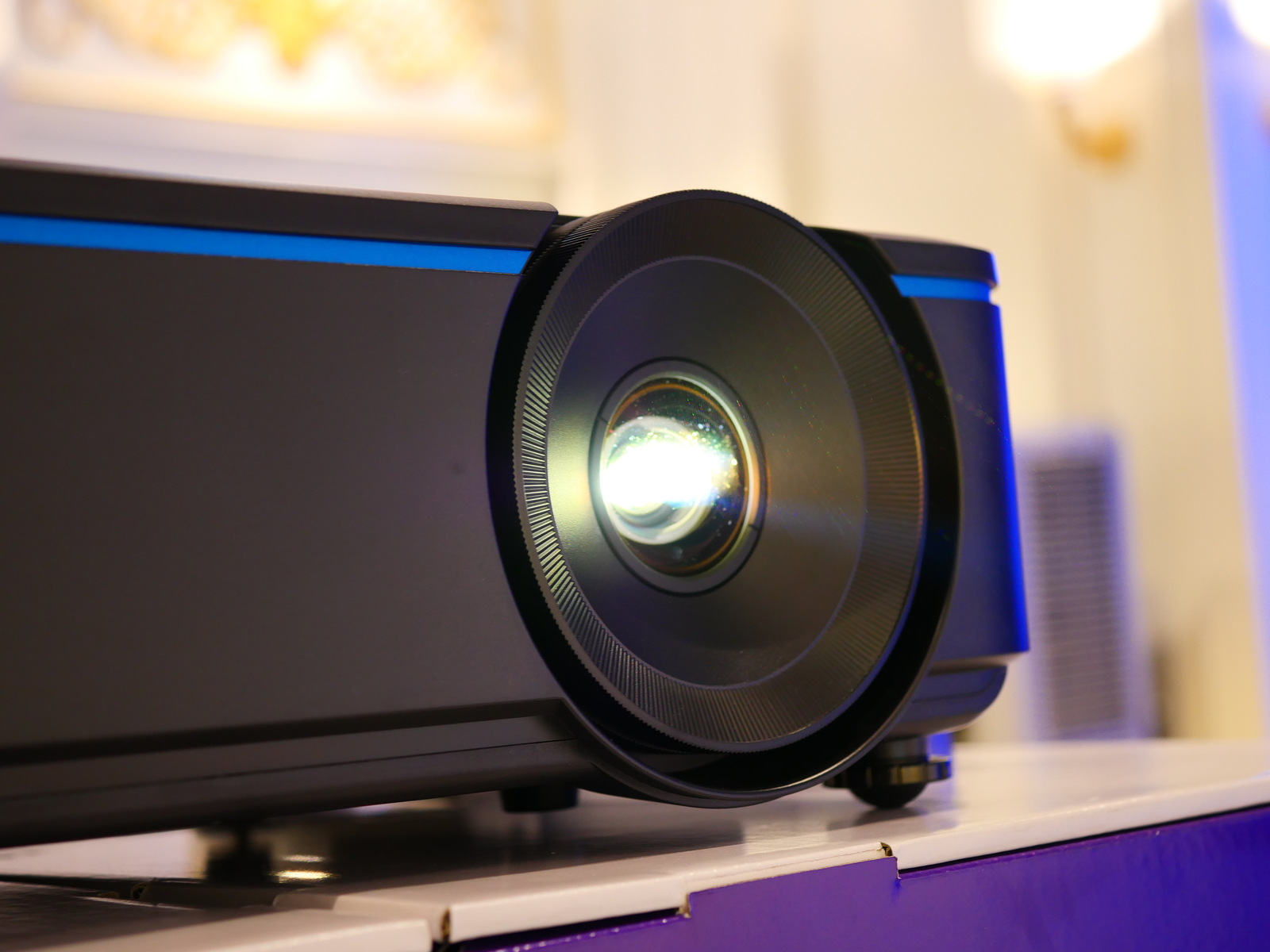
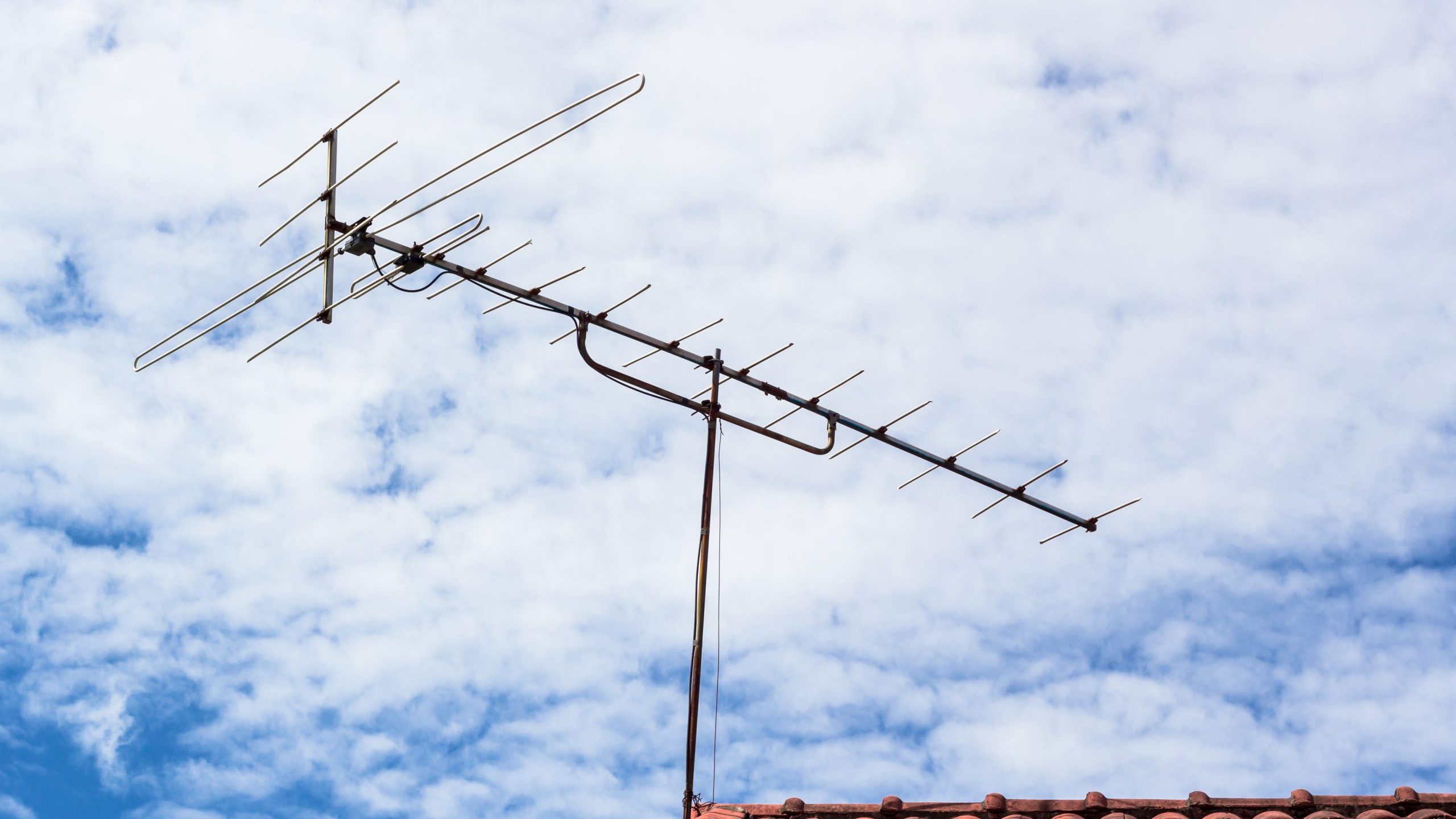
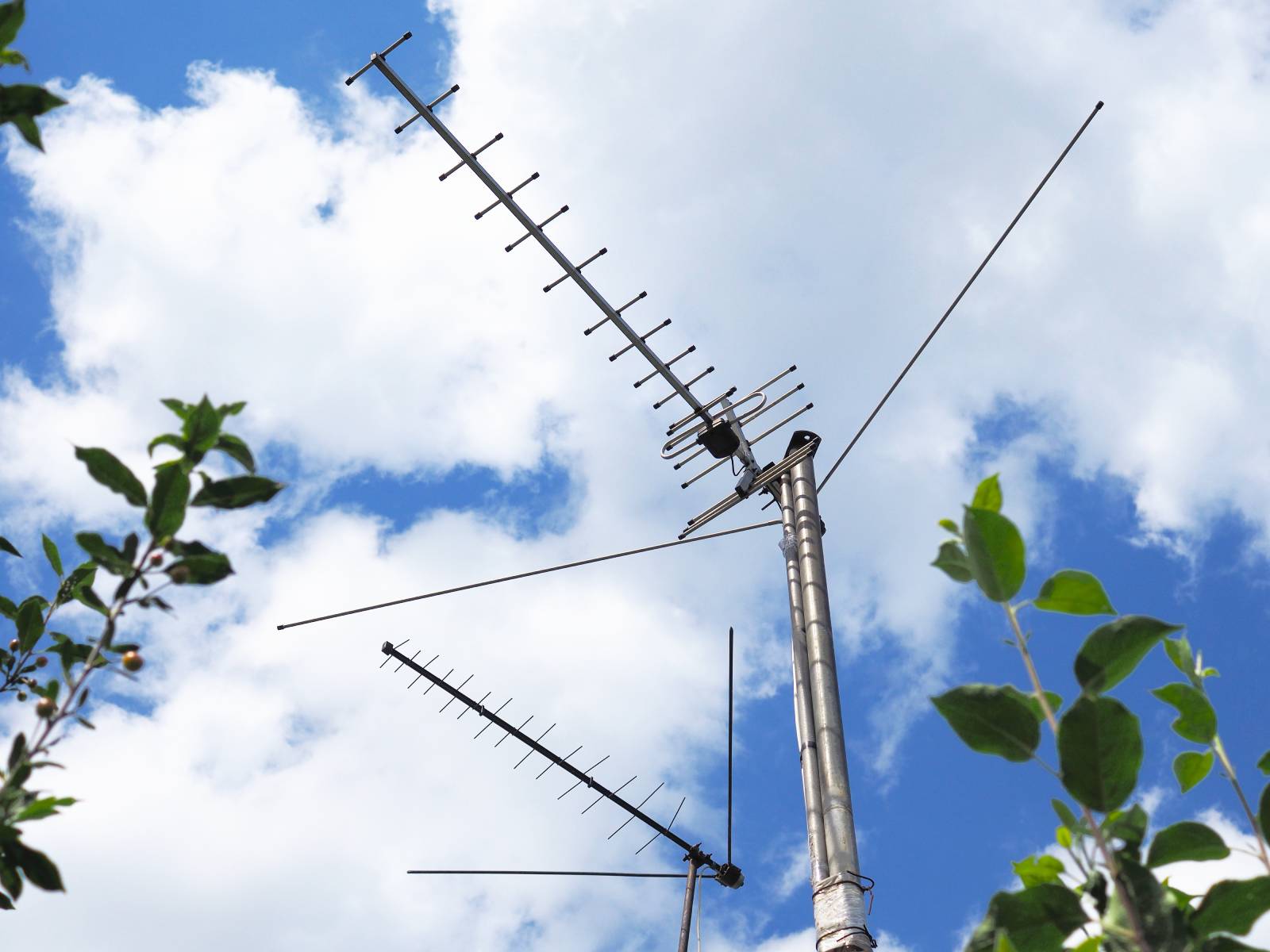
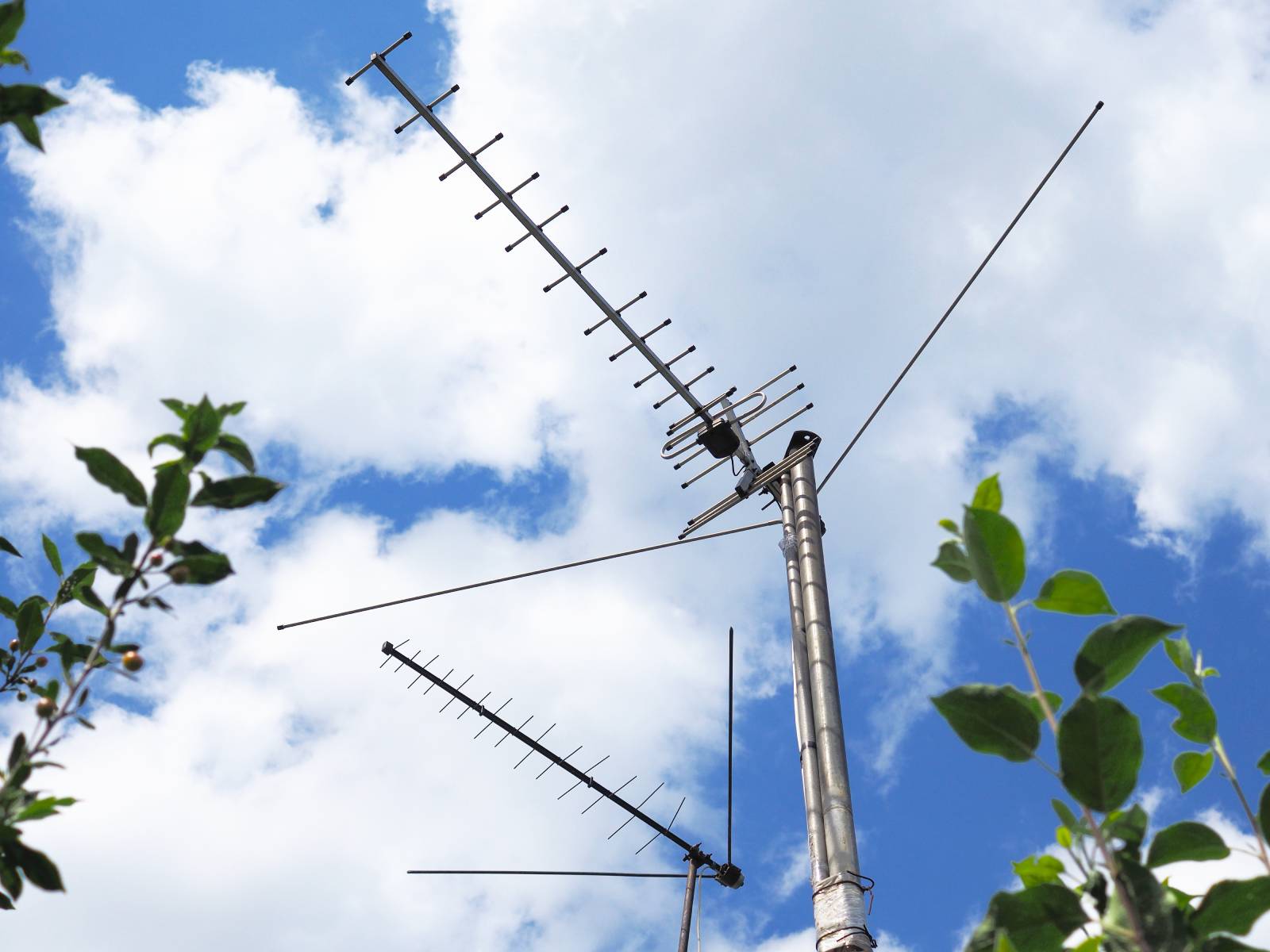
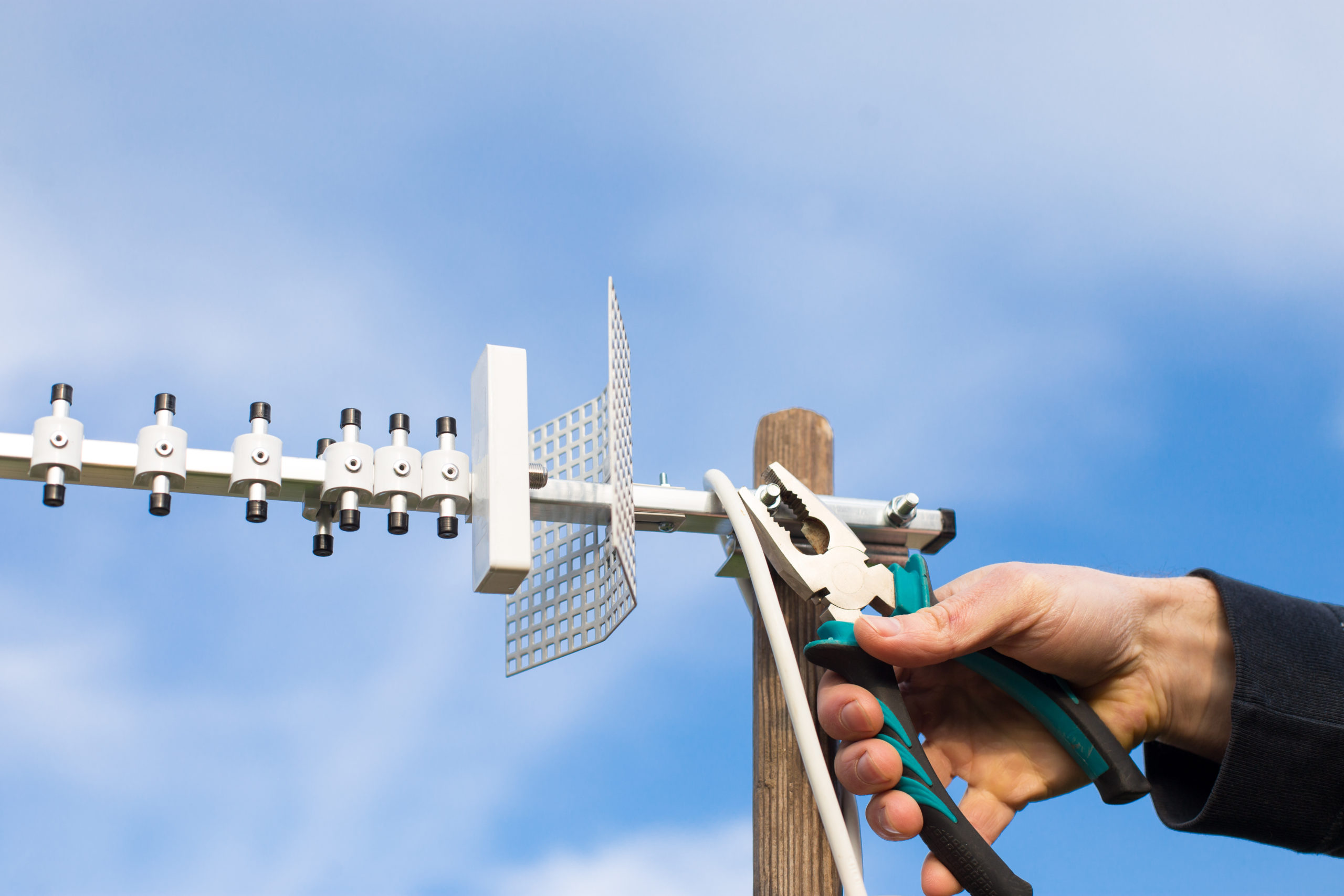
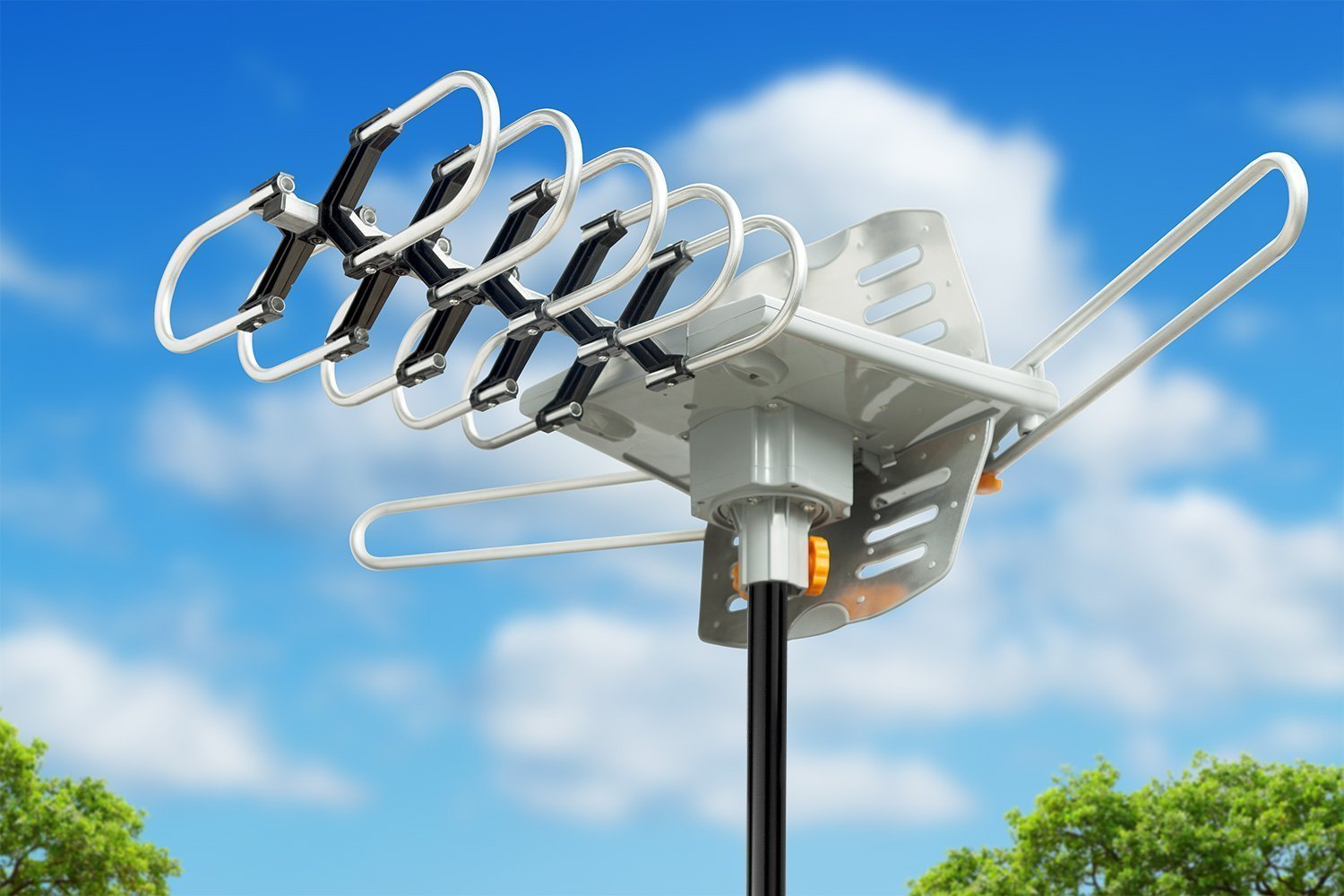
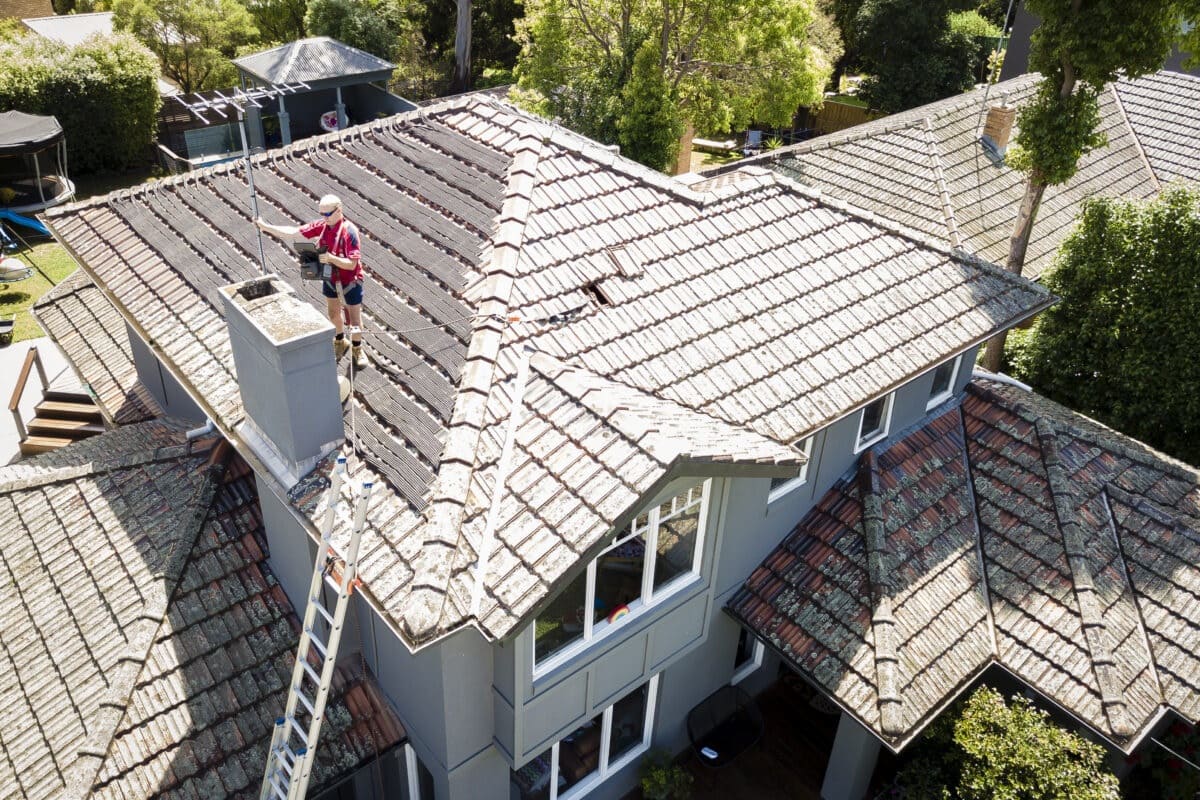
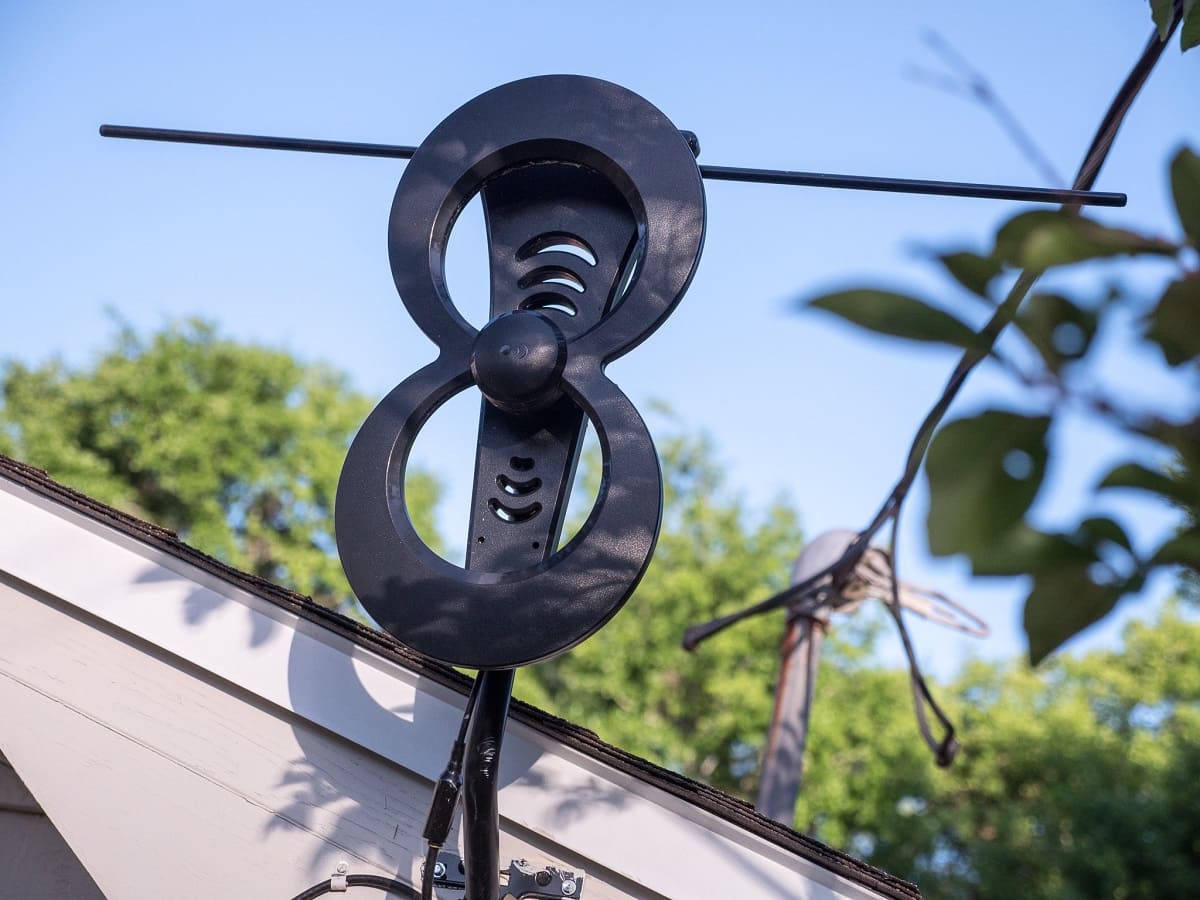
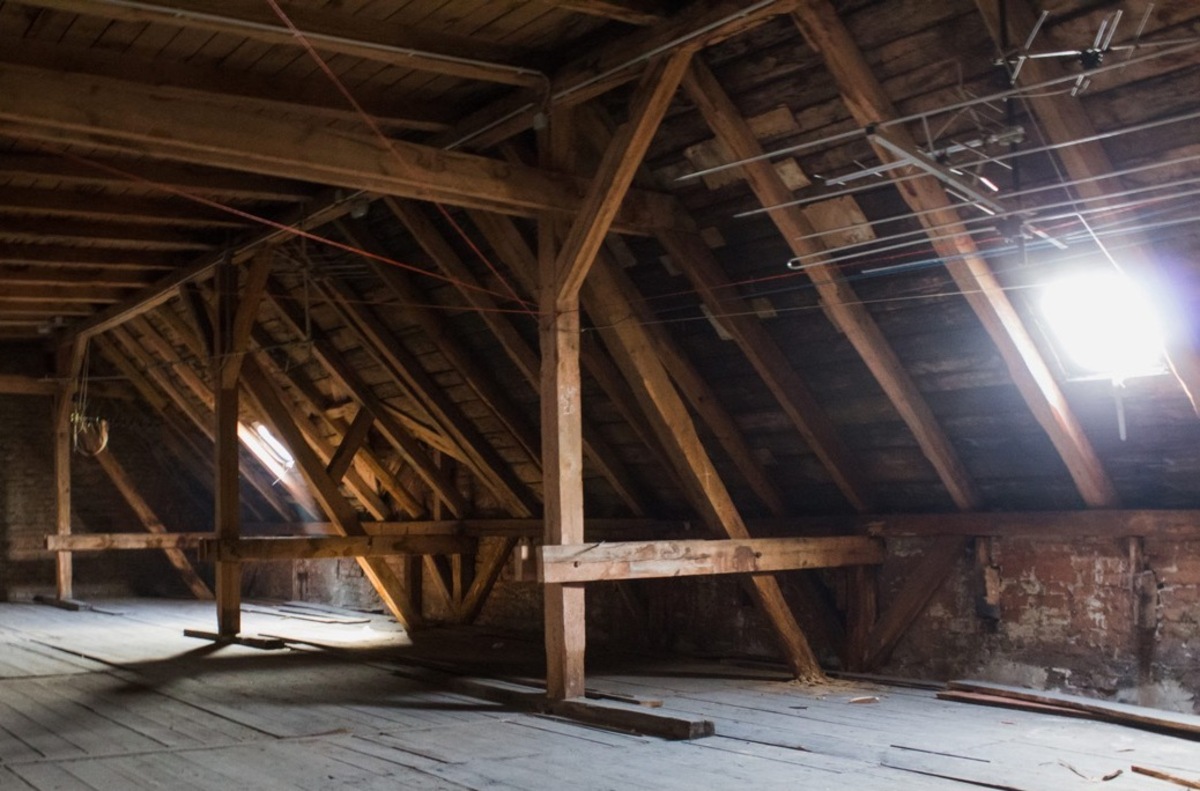



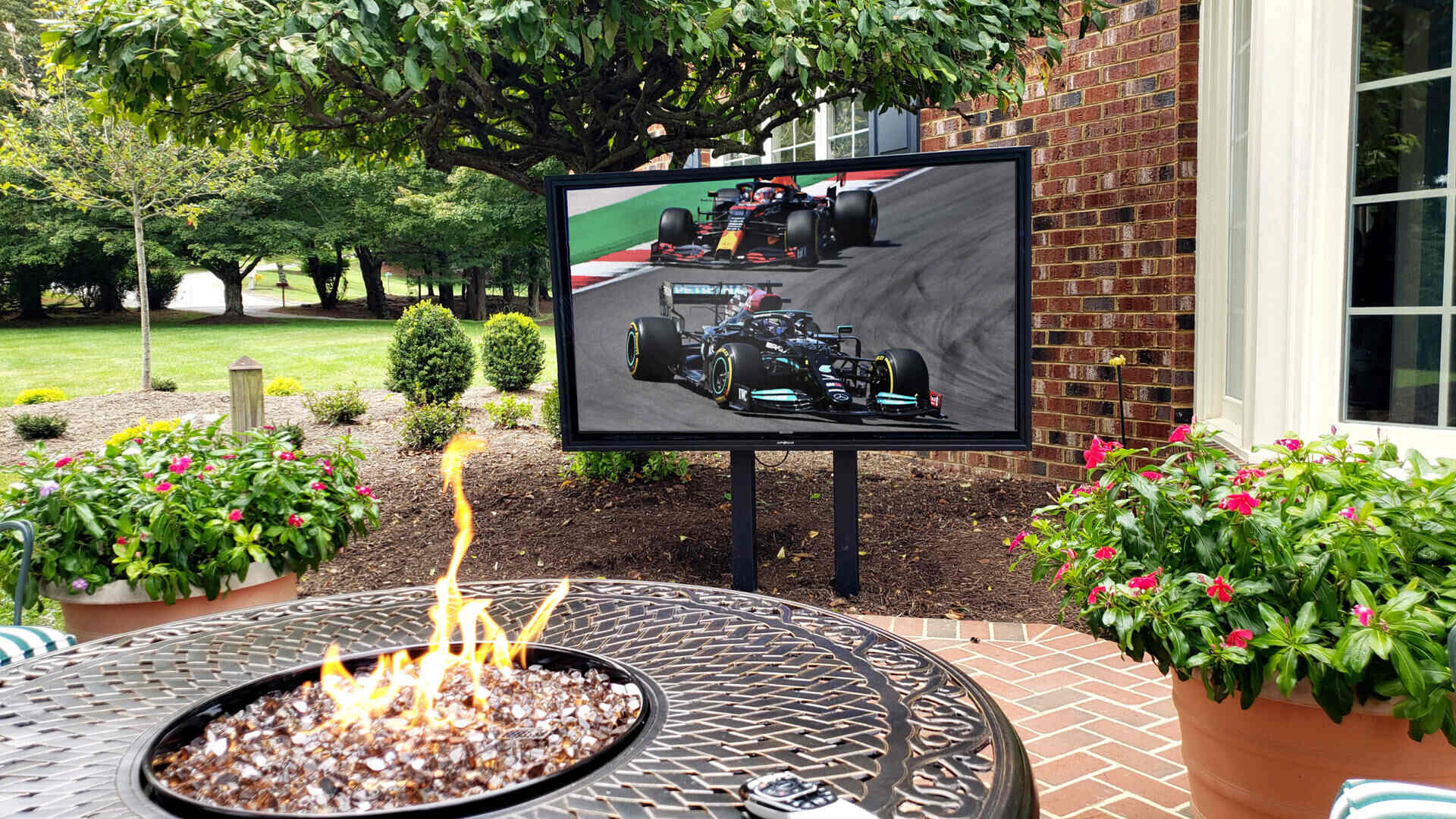
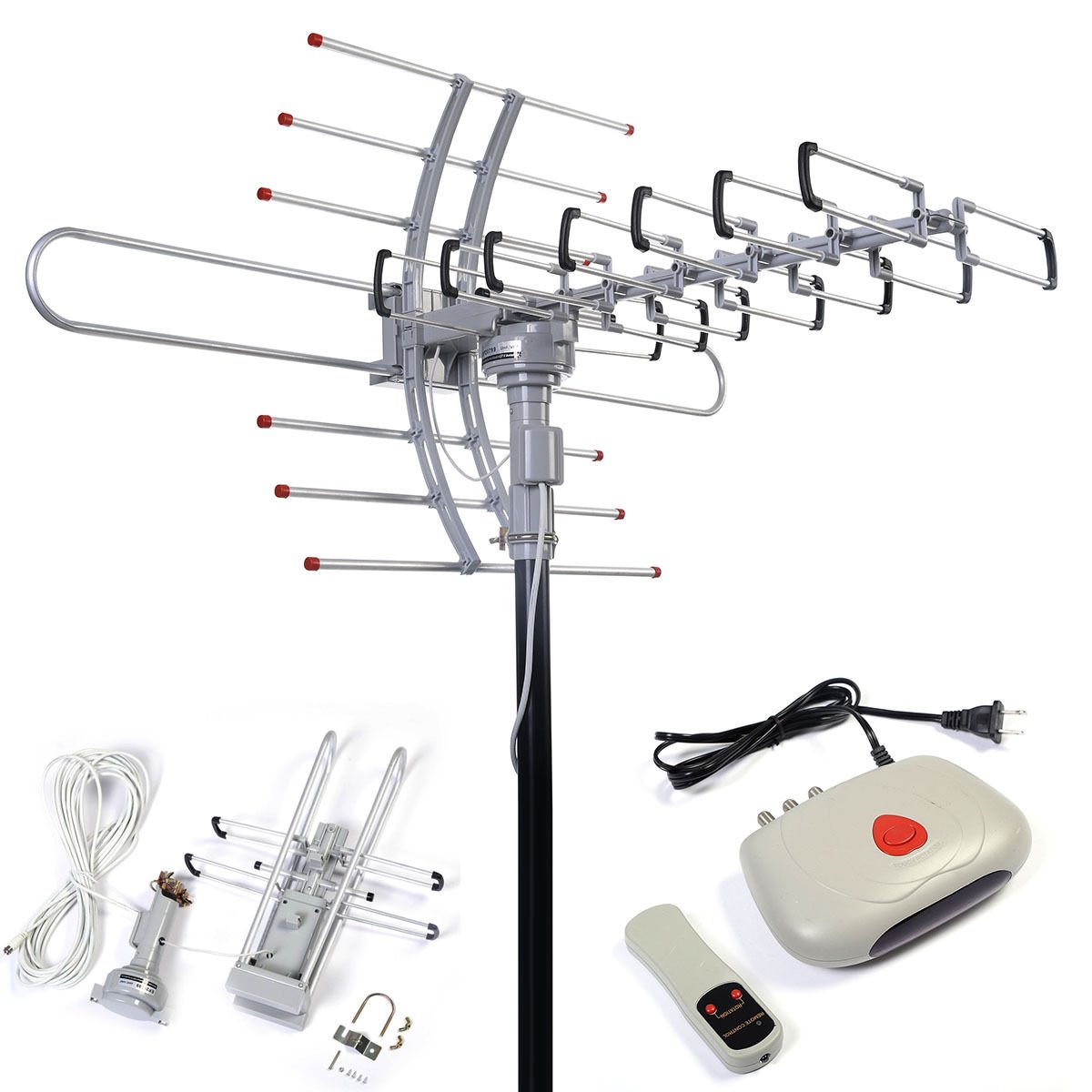

0 thoughts on “How To Get The Best Reception With An Outdoor Tv Antenna”